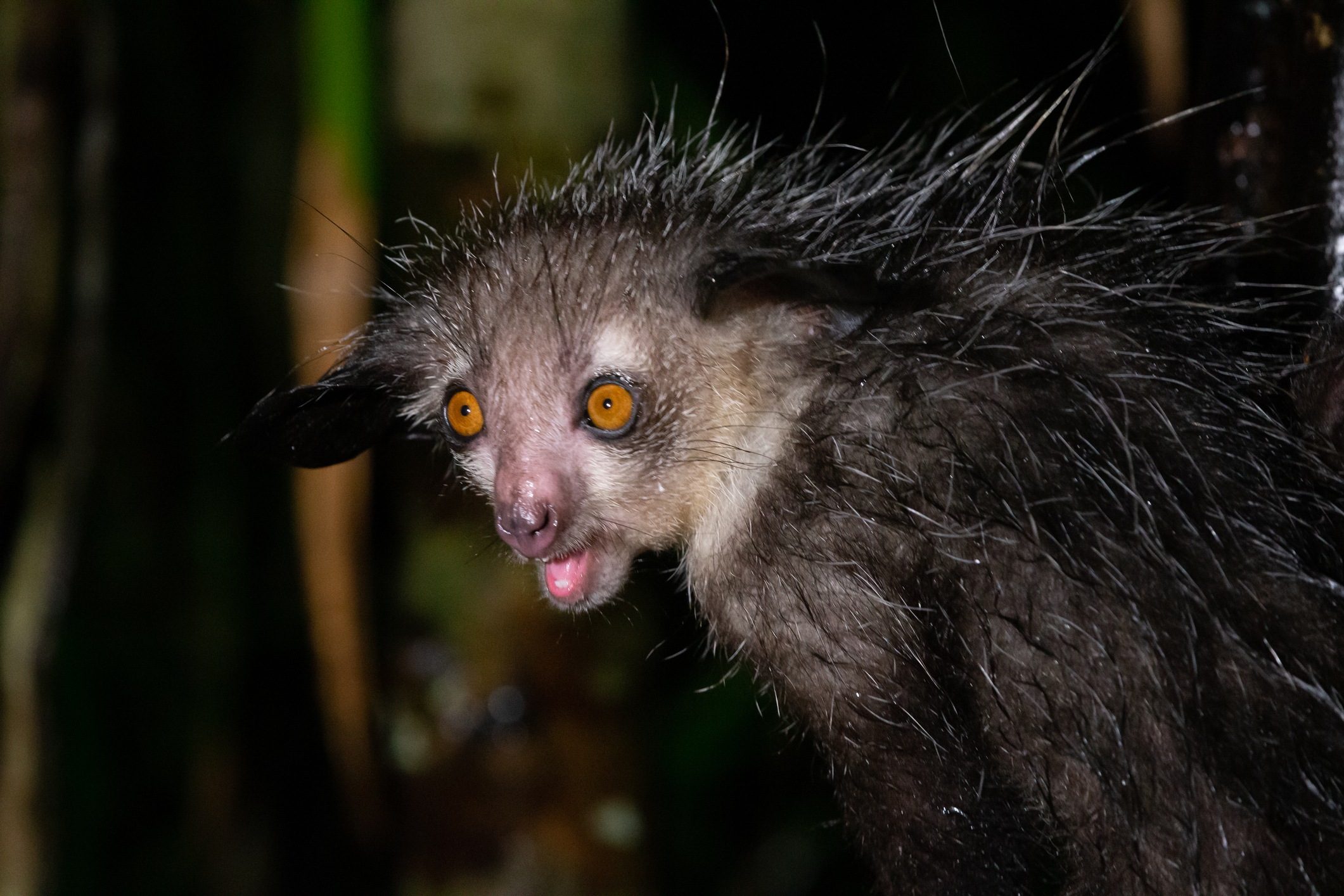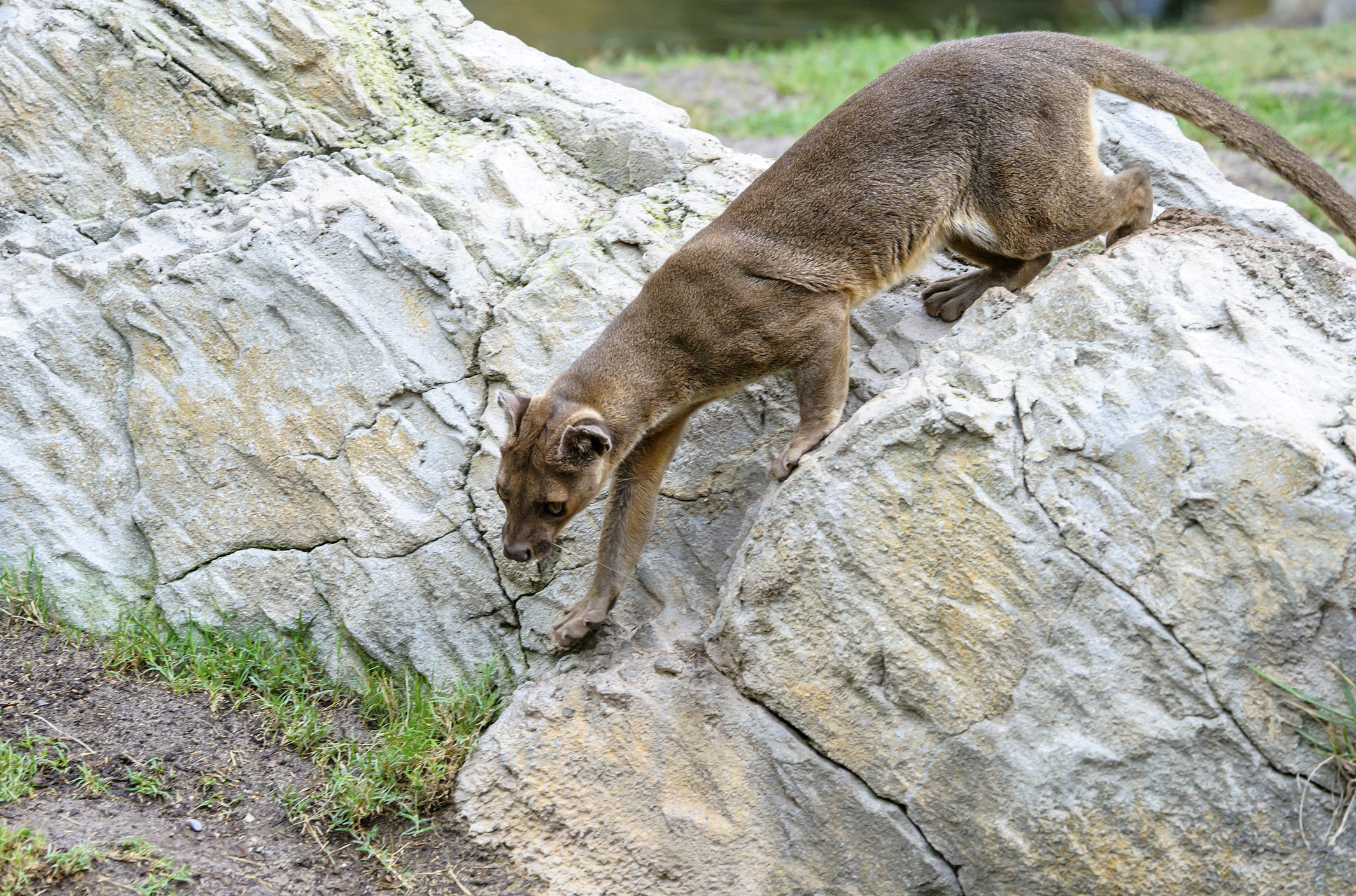An Amusing March Through Eighteen of the World's Most Exceptionally Unique Animal Species
Welcome to an extraordinary journey through the world's most exceptionally unique animal species. In this slideshow-style exploration, we'll be 'Dancing with Diversity,' showcasing the fascinating array of life that our planet has to offer. From the icy tundras to the densest jungles, from the deepest oceans to the highest mountains, life has found a way to thrive, and in doing so, has created an astonishing array of diversity.
Our journey will take us across continents, through different ecosystems, and into the lives of eighteen unique species of animals. Each of these species has its own story to tell, a story that reflects the challenges and opportunities presented by their environment. And each story is a testament to the amazing adaptability and resilience of life on Earth.
The Mimic Octopus

Our first stop brings us to the warm waters of Southeast Asia, home to the Mimic Octopus. This cephalopod is known for its ability to impersonate other marine animals as a form of defense. The Mimic Octopus is a master of disguise, capable of changing not only its color but also its shape and movement patterns to mimic a variety of other species.
The Mimic Octopus's ability to impersonate other animals is not just a fascinating display of nature's creativity, but also a testament to the power of adaptation. Living in an environment filled with predators, the Mimic Octopus has evolved a unique way to protect itself, demonstrating the incredible diversity of survival strategies in the animal kingdom.
The

Next, we journey to the ancient water systems of Mexico, where we find the Axolotl. Also known as the Mexican walking fish, the Axolotl is not a fish but an amphibian. What makes the Axolotl unique is its ability to regenerate its limbs, spinal cord, heart, and other organs.
The Axolotl's regenerative abilities are a marvel of biology, offering scientists valuable insights into the mechanisms of tissue regeneration. The Axolotl is a living testament to the power of evolution, showcasing the incredible diversity of life's responses to the challenges of survival.
The Aye-Aye

Our journey continues to the dense forests of Madagascar, home to one of the most unusual primates on the planet, the Aye-Aye. With its long, thin middle finger, the Aye-Aye taps on trees to find grubs, then uses the same finger to scoop them out.
The Aye-Aye's unusual hunting method is a perfect example of how species can evolve unique solutions to the challenges of their environment. The Aye-Aye's finger, a tool perfectly adapted to its dietary needs, is a testament to the power of evolution and the diversity of life on Earth.
The

Next, we travel to the forests and grasslands of Africa and Asia, where we find the Pangolin. The Pangolin is the only mammal in the world covered in scales, which it uses for protection against predators. When threatened, the Pangolin rolls up into a ball, presenting a tough, scaly exterior that most predators find difficult to penetrate.
The Pangolin's scales, made of keratin, the same material as our hair and nails, are a unique adaptation to a life in a predator-rich environment. The Pangolin's survival strategy is a testament to the power of adaptation and the diversity of life's solutions to the challenges of survival.
The Kakapo

Our journey now takes us to the remote islands of New Zealand, home to the Kakapo, the world's heaviest parrot. Unlike other parrots, the Kakapo is flightless, a trait that evolved in response to the absence of land mammals in its native habitat.
The Kakapo's inability to fly, while unusual among birds, is a perfect example of how species can evolve in response to the specific conditions of their environment. The Kakapo's unique adaptation is a testament to the power of evolution and the diversity of life's responses to the challenges of survival.
The

Next, we dive into the waters off the coast of Australia, where we find the Leafy Seadragon. With its leaf-like appendages, the Leafy Seadragon blends perfectly into its seaweed-rich environment, providing it with excellent camouflage against predators.
The Leafy Seadragon's camouflage, a perfect example of nature's creativity, is a testament to the power of adaptation. The Leafy Seadragon's survival strategy, perfectly adapted to its environment, showcases the incredible diversity of life's responses to the challenges of survival.
The

Our journey now takes us to the icy waters of the Arctic, home to the Narwhal, often referred to as the 'unicorn of the sea.' The Narwhal's long, spiral tusk, an elongated tooth, is one of the most unique features in the animal kingdom.
The Narwhal's tusk, while unusual, is a perfect example of how species can evolve unique features in response to their environment. The Narwhal's tusk is a testament to the power of evolution and the diversity of life's responses to the challenges of survival.
The

Next, we travel to the grasslands of Central Asia, where we find the Saiga Antelope. The Saiga Antelope's most distinctive feature is its oversized, flexible nose, which heats up cold winter air and filters out dust during the dry summer months.
The Saiga Antelope's nose, a unique adaptation to its harsh environment, is a testament to the power of evolution. The Saiga Antelope's survival strategy, perfectly adapted to its environment, showcases the incredible diversity of life's responses to the challenges of survival.
The Proboscis Monkey

Our journey continues to the mangrove forests of Borneo, home to the Proboscis Monkey. The Proboscis Monkey's large nose, which can reach up to 7 inches in length in males, is used to attract mates and amplify calls.
The Proboscis Monkey's nose, a unique feature evolved for social and reproductive purposes, is a testament to the power of evolution. The Proboscis Monkey's unique adaptation showcases the incredible diversity of life's responses to the challenges of survival.
The Thorny Devil

Next, we travel to the deserts of Australia, where we find the Thorny Devil. The Thorny Devil's most distinctive feature is its skin, covered in spiky scales, which it uses for defense and to collect water.
The Thorny Devil's skin, a unique adaptation to its harsh environment, is a testament to the power of evolution. The Thorny Devil's survival strategy, perfectly adapted to its environment, showcases the incredible diversity of life's responses to the challenges of survival.
The Tardigrade

Our journey now takes us to the microscopic world, home to the Tardigrade. Also known as water bears, Tardigrades are virtually indestructible, capable of surviving extreme temperatures, pressures, radiation, and even the vacuum of space.
The Tardigrade's resilience, a testament to the power of adaptation, showcases the incredible diversity of life's responses to the challenges of survival. The Tardigrade, a marvel of biology, is a testament to the power of evolution.
The Fossa

Next, we return to the forests of Madagascar, home to the Fossa. The Fossa, a cat-like mammal, is Madagascar's top predator. The Fossa's most distinctive feature is its semi-retractable claws and flexible ankles, which allow it to climb trees and hunt both in the trees and on the ground.
The Fossa's adaptations, perfectly suited to its environment and lifestyle, are a testament to the power of evolution. The Fossa's survival strategy showcases the incredible diversity of life's responses to the challenges of survival.
The Platypus

Our journey now takes us to the rivers and streams of Australia, home to one of the most unusual animals on the planet, the Platypus. The Platypus, a mammal that lays eggs, has a bill like a duck, a tail like a beaver, and venomous spurs.
The Platypus's unique features, a testament to the power of evolution, showcase the incredible diversity of life's responses to the challenges of survival. The Platypus, a marvel of biology, is a testament to the power of evolution.
The Shoebill

Next, we travel to the swamps of East Africa, where we find the Shoebill. The Shoebill's most distinctive feature is its large, shoe-shaped bill, which it uses to catch and kill its prey.
The Shoebill's bill, a unique adaptation to its environment and diet, is a testament to the power of evolution. The Shoebill's survival strategy, perfectly adapted to its environment, showcases the incredible diversity of life's responses to the challenges of survival.
The Komodo Dragon

Our journey continues to the islands of Indonesia, home to the Komodo Dragon. The Komodo Dragon, the world's largest lizard, has a venomous bite and can run up to 12 miles per hour.
The Komodo Dragon's size and speed, unique among lizards, are a testament to the power of evolution. The Komodo Dragon's survival strategy, perfectly adapted to its environment, showcases the incredible diversity of life's responses to the challenges of survival.
The Dumbo Octopus

Next, we dive into the deepest parts of the ocean, home to the Dumbo Octopus. The Dumbo Octopus, named for its ear-like fins, lives at depths of up to 7,000 meters, deeper than any other octopus.
The Dumbo Octopus's ability to live at such extreme depths, a testament to the power of adaptation, showcases the incredible diversity of life's responses to the challenges of survival. The Dumbo Octopus, a marvel of biology, is a testament to the power of evolution.
The Okapi

Finally, we travel to the rainforests of Central Africa, home to the Okapi. The Okapi, a relative of the giraffe, has a body like a horse and stripes like a zebra.
The Okapi's unique features, a testament to the power of evolution, showcase the incredible diversity of life's responses to the challenges of survival. The Okapi, a marvel of biology, is a testament to the power of evolution.
Our journey 'Dancing with Diversity' has taken us around the world, showcasing the amazing array of life that our planet has to offer. Each species we've encountered has its own unique story, a story that reflects the challenges and opportunities presented by their environment.
These stories are a testament to the power of evolution, showcasing the incredible diversity of life's responses to the challenges of survival. They remind us of the beauty and wonder of our natural world, and the importance of preserving it for future generations.







